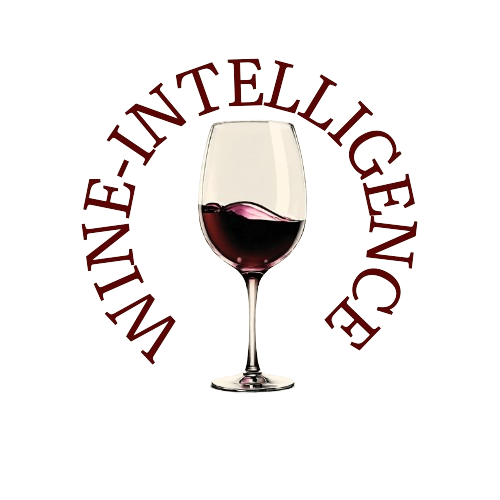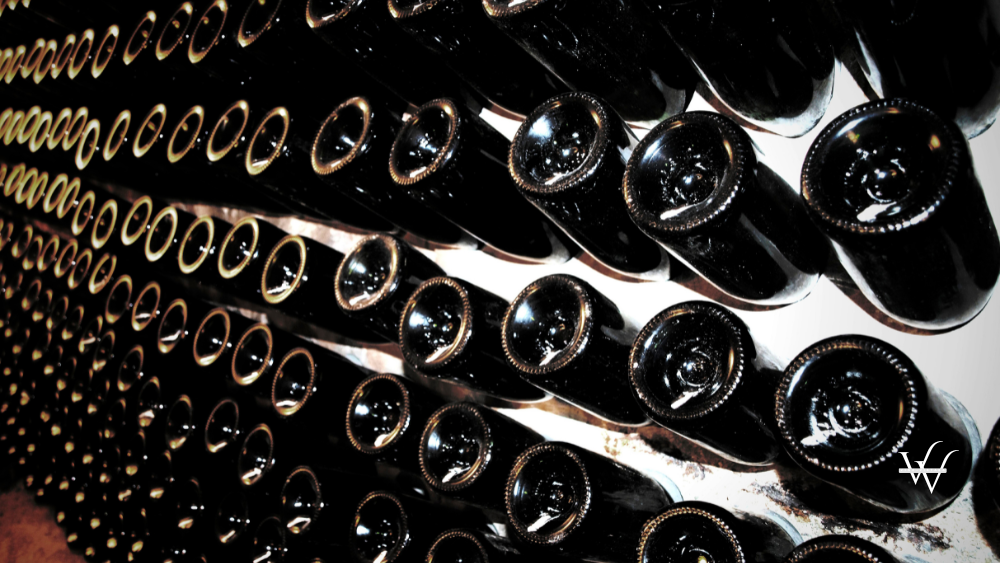The world of Spanish sparkling wine has seen a year of contrasts, according to the latest report from the Spanish Wine Market Observatory (OEMV).
While global exports of these wines have shown a slight contraction, there are optimistic signs in specific segments and markets.
This landscape, characterized by fluctuations in volume, value, and average price, reflects an industry continuously adapting to changing global tastes, preferences, and economic conditions.
The export figures for Spanish wine in 2023 offer insights into the broader trends shaping the industry. Despite a general decline of 3.2% in value and 4.1% in volume, amounting to EUR 2,905.9 million and 2,026 million liters respectively, there are underlying nuances that merit exploration, particularly within the sparkling wine category, notably Cava.
At first glance, the numbers may seem concerning for the Spanish wine sector. However, behind these figures lies a complex market dynamic and an opportunity to realign towards greater quality and value. Specifically, Spanish sparkling wines experienced a slight decline of 0.9% in value, totaling EUR 502.3 million, and a 5% decrease in volume, with 169.5 million liters sold internationally. Despite this, there has been a 4.3% increase in average price, reaching EUR 2.96 per liter, signaling a commitment to quality and potential revaluation in global markets.
Within the sparkling wine category, Cava, the leading Spanish sparkling wine with Denomination of Origin (DO), faced challenges, showing a 1.6% decrease in value and 6.6% in volume. This resulted in revenues of EUR 397.6 million and 134.8 million liters exported. Despite volume and value declines, Cava saw a 5.4% increase in average price, indicating growing recognition of its quality and added value, which bodes well for its long-term positioning.
In contrast, other Spanish sparkling wines closed the year on a more positive note, with a 1.7% growth in value and 1.8% in volume, generating EUR 104.7 million from 34.7 million liters. This modest growth underscores the sector's resilience in finding opportunities amidst challenges.
Examining export markets, the United States remains the primary destination for Spanish sparkling wines, despite a 6.8% reduction in value. Germany showed a 4.8% increase in value, while Belgium experienced a slight decline. These trends highlight the importance of diversifying export destinations to mitigate dependency risks.
Interestingly, emerging markets like the United Kingdom, Brazil, and Poland have shown notable growth in Spanish sparkling wine sales, indicating shifting consumer preferences and market dynamics. This evolution signals a new phase for Spanish exporters, emphasizing the need to maintain quality while adapting to evolving global demands.
In conclusion, navigating market fluctuations while prioritizing quality will be crucial for the future of Spanish sparkling wine. The sector's ability to adapt and innovate underscores its promising trajectory in the international market, provided it continues to respond adeptly to global trends and consumer expectations.
Source: Vinetur

